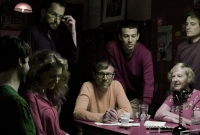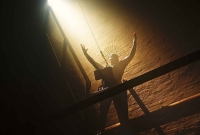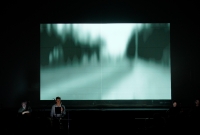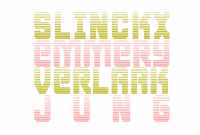...to help next generations :)
Imaginary Landscape 1 by John Cage, 1939, is known as one of the first electroacoustic pieces ever, for muted piano, large cymbal and electronic sounds. Electronic part - and that is pretty cute - is produced by two turntables, playing "frequency records" of Victor RCA.
Museum Victoria, Melbourne : “The tones on the "frequency records" might be used in testing acoustical properties of materials, the different parts of a room or the acoustical characteristics of an auditorium, such as reverberation times, reflections and echoes. The records could also be used for calibration purposes. The Victor 78 rpm test records (containing tracks of single frequency sounds) recorder along with a Byer tape recorder were probably used by H. Vivian Taylor for reverberation testing.”
It's quite difficult to understand exactly how to reconstitute these rare recordings after the Cage's score. After a long investigation, and with help of Allen Otte from Percussion Group Cincinnati (thanks to him), we can now claim to know exactly which files to use in order to perform the piece properly :
VICTOR 84522B = 1000 Hz sinusoid if 78rpm = 433 Hz to be burned on a 33 rpm disc (more or less 6 min long)
VICTOR 84519B = 200 Hz if 78 rpm = 84 Hz to be burned on a 33 rpm disc (more or less 6 min long, on the same side than previous one)
VICTOR 84522A = a +/- 5.30 minutes continuous glissando from 10000 to 30Hz if 78 rpm, it means 13 minutes long glissando from 4273 to 13 Hz approximately on a 33 rpm disc (on B side or on another disc, in the case of Imaginary 1)
My fundamental contribution to musicology, I hope :)





